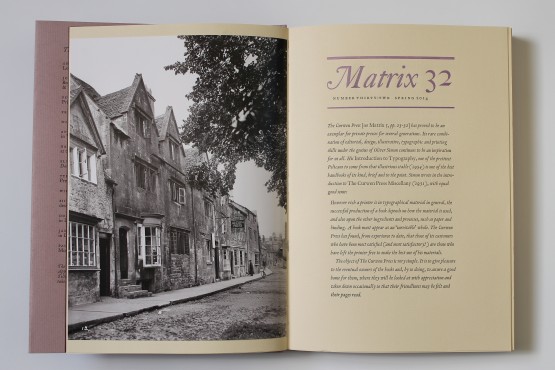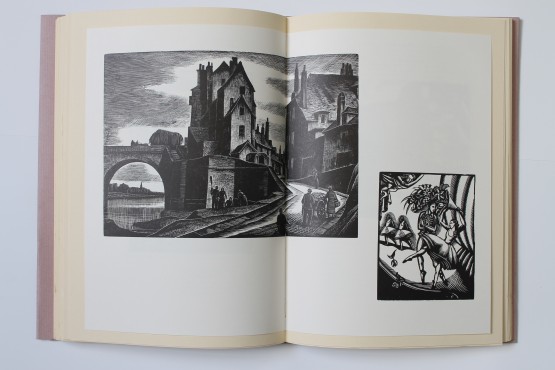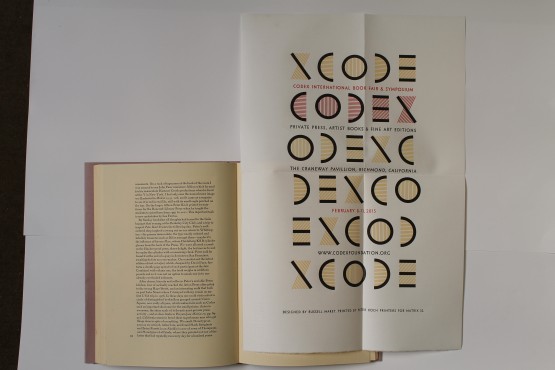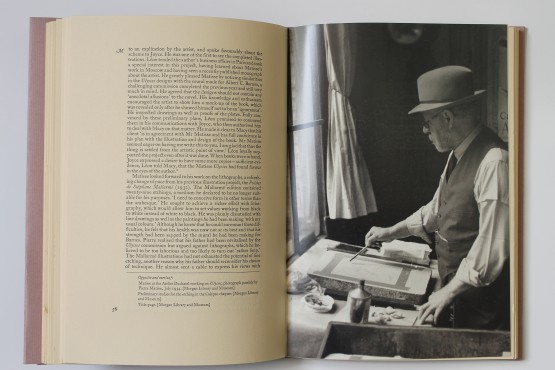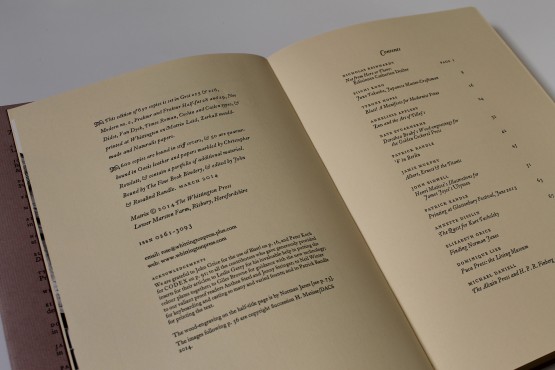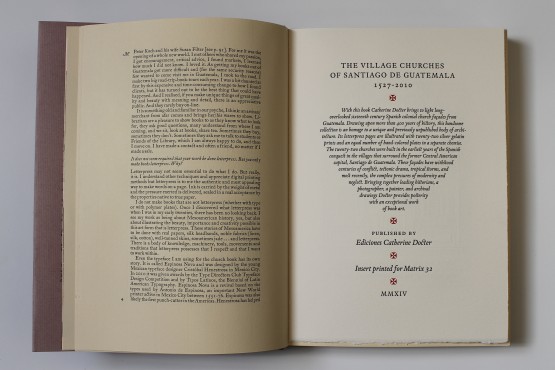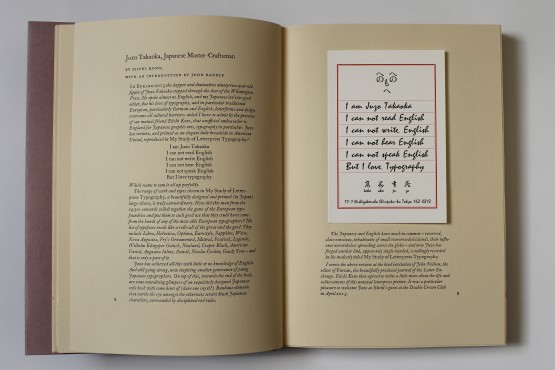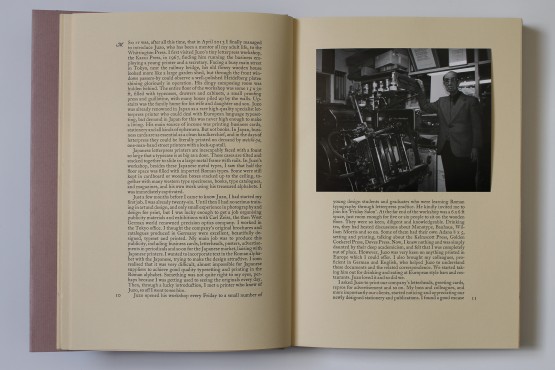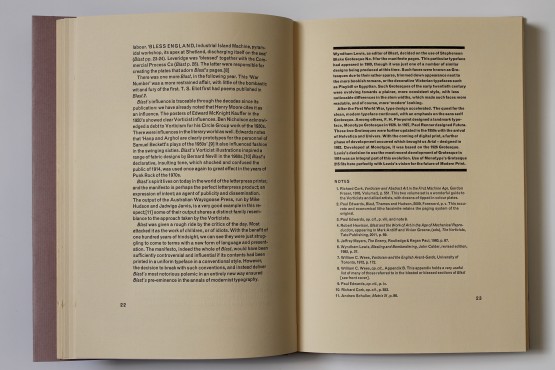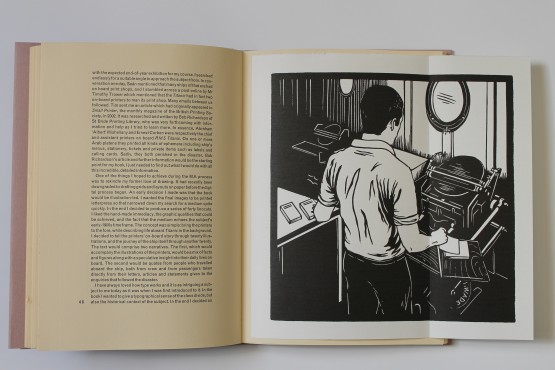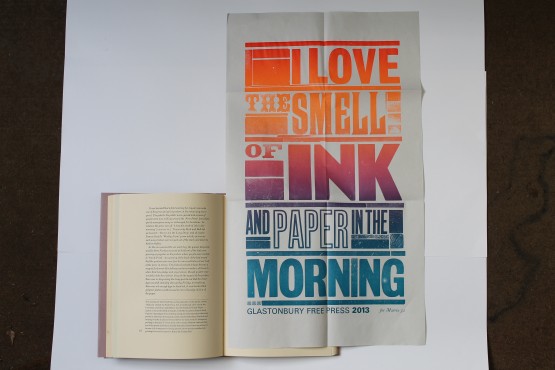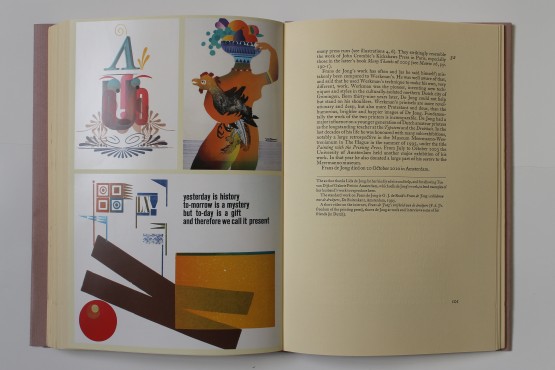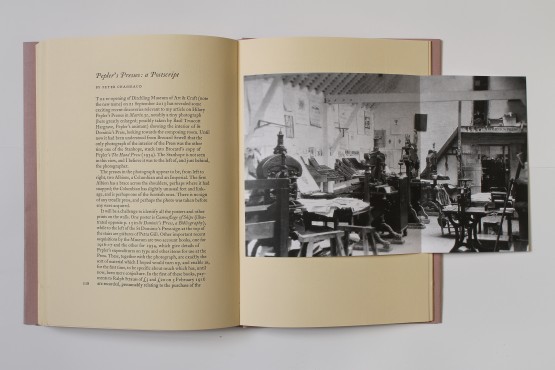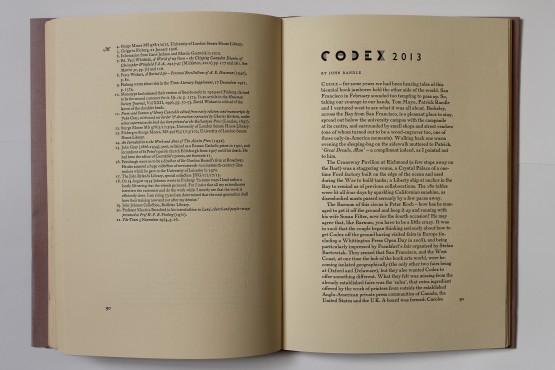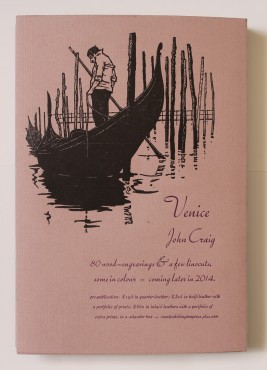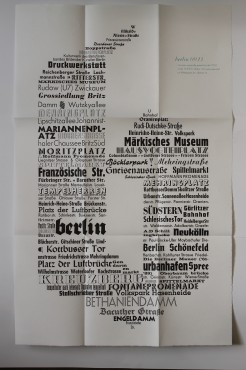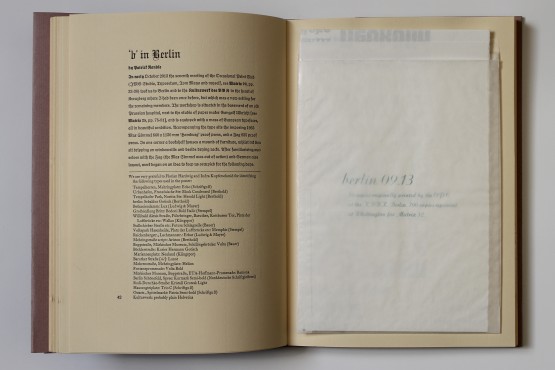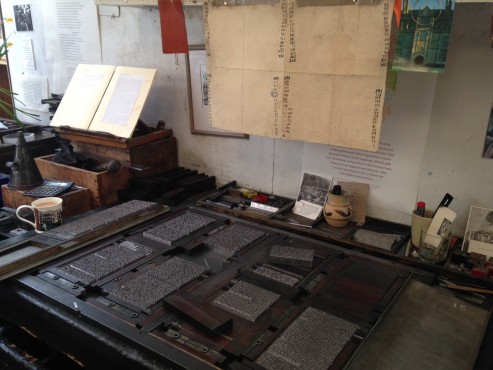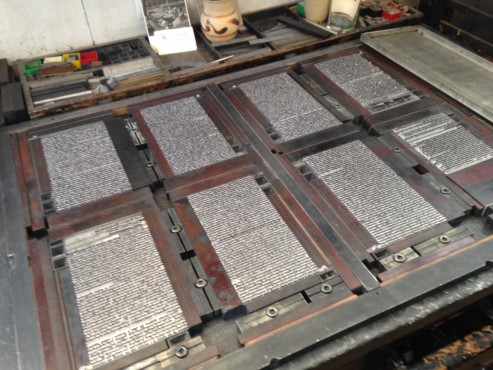The 32nd issue of Matrix, the annual ‘Review for Printers and Bibliophiles’, is now published. Printed by letterpress in a variety of Monotype faces from hot metal (‘as God intended’, as the Revd Bernard Roberts, an early and regular Matrix contributor, once observed), its contents are just as original and unusual as its method of production. Matrix 32 is illustrated with wood-engravings (printed from the wood), inserts printed by presses in Japan, America, Ireland, Germany and England, three fold-out posters, and numerous tritone and colour plates. The front cover illustration is by Annelise Appleby. Matrix 32 contains articles on Ediciones Catherine Doctor, bravely producing superbly printed books on Mayan art and architecture in Guatemala; the unique range of European founders’ type assembled in Tokyo by Juzo Takaoka since the 1940s; the production of Blast, the Vorticists’ manifesto so gutsily printed with such bizarre types and typography; Tilleys, the Herefordshire printers still setting type from cases laid in 1915 and printing it on a Double Demy Wharfedale powered by belts from the ceiling; the little-known life and engravings of Dorothea Braby; an astonishing and unused type collection in Berlin; the printers who went down with the Titanic; Matisse’s illustrations for Ulysses; attempting to print a daily newspaper at Glastonbury, set on a Linotype and printed on a Double Crown Heidelberg cylinder; the hardly-known engravings of Norman Janes; Puca Press, still printing from types inherited from the Kelmscott and Cuala Presses on the Dingle Peninsula in Southern Ireland; that quintessentially Cotswold press, the Alcuin, that eventually succumbed to the unbusinesslike ways of its creator, H P R Finberg; a first-hand account of Codex, the whirlwind biennial book fair that took place in San Francisco in 2013; a hitherto unknown photo of the interior of St Dominic’s Press, the only photograph of the machinery that Hilary Pepler assembled in the 1920’s when he joined Eric Gill at Ditchling (‘Moreover, in my ignorance, I thought any fool could print’). In addition there is the usual extensive survey and review of British private press books of the previous year, and reviews of other titles that may not have otherwise have come to the public notice: one published in 1943 that includes ‘a vivid picture of the vicissitudes and problems of a printer 400 years ago’; and others that touch on the legacy of Justin Howes and his scholarship, particularly with the founts of William Caslon; the brilliant letterpress contained with the clamshell box containing the complete Rambling Urchin set of nonsensical cards; the unsurpassed letterpress of Enrico Tallone; and the compiling of the first complete set of the works of Homer.
View all Books




